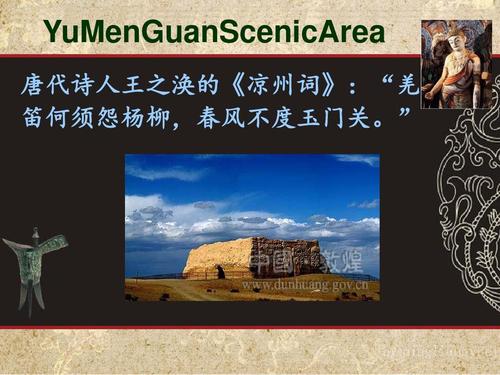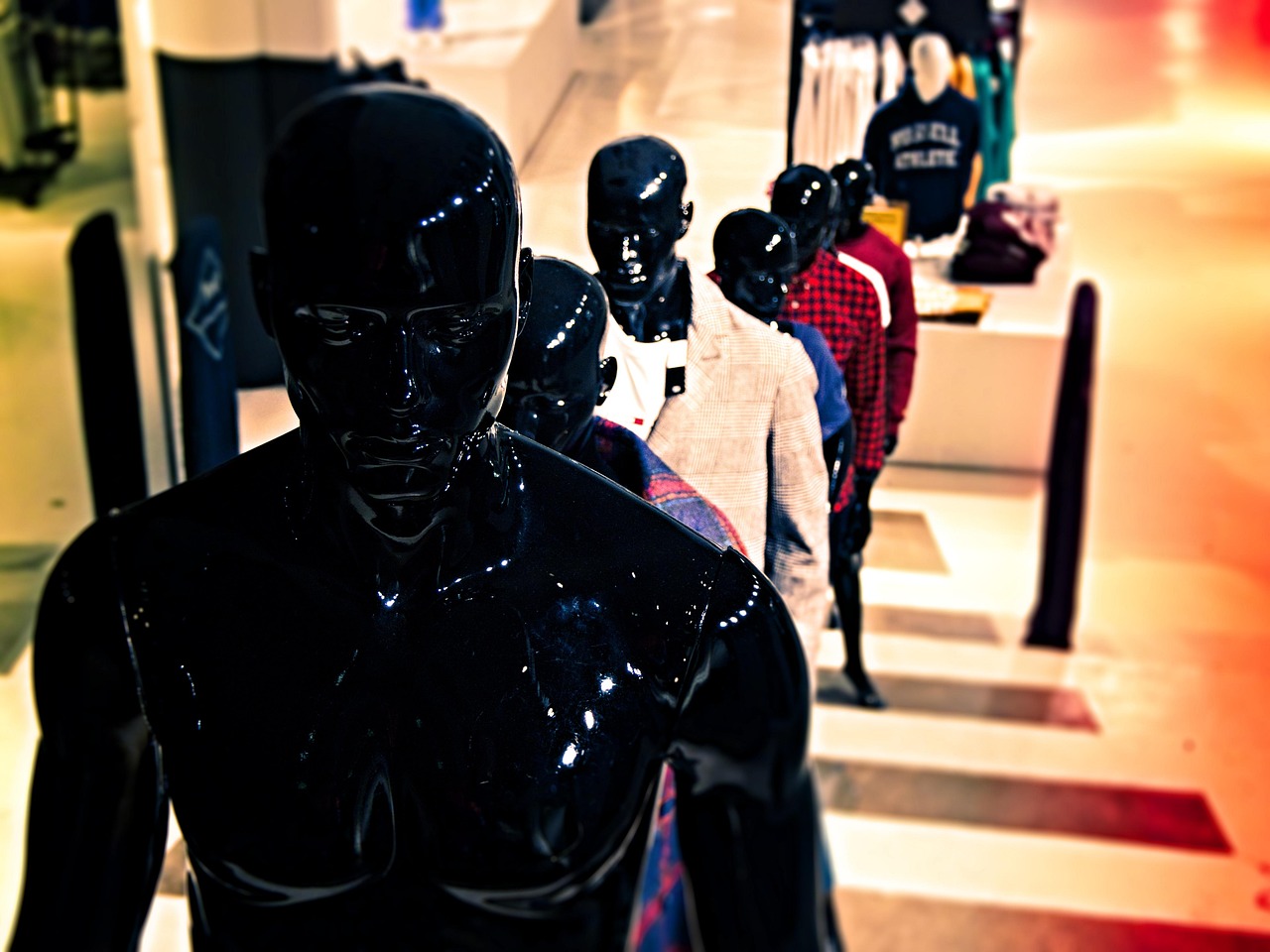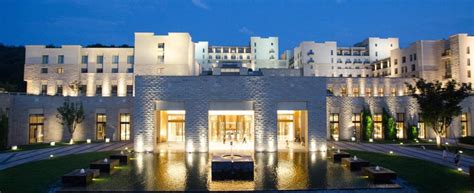中国敦煌艺术展英语作文
Exploring the Magnificent Dunhuang Art: A Journey through China's Cultural Treasure
China's Dunhuang art represents a pinnacle of artistic achievement, blending religious, cultural, and artistic influences into a mesmerizing tapestry of creativity. Situated at the crossroads of the ancient Silk Road, the caves of Dunhuang stand as a testament to the flourishing exchange of ideas and artistic expression between East and West.
Introduction to Dunhuang Art
Dunhuang art refers to the diverse range of artworks found in the Mogao Caves, also known as the Thousand Buddha Grottoes, located near the oasis town of Dunhuang in Gansu Province, China. These caves were excavated over a millennium, from the 4th to the 14th centuries, and house one of the most extensive collections of Buddhist art in the world.
Themes and Motifs

The art of Dunhuang encompasses a wide array of themes and motifs, reflecting the religious, cultural, and social dynamics of the time. Buddhist iconography dominates, with depictions of Buddhas, bodhisattvas, celestial beings, and various scenes from Buddhist scriptures adorning the cave walls. However, the art of Dunhuang also incorporates elements of Daoism, Confucianism, and indigenous folk beliefs, showcasing a rich tapestry of spiritual diversity.
Artistic Techniques
Dunhuang art showcases a mastery of various artistic techniques, including mural painting, sculpture, and cave architecture. The mural paintings, executed with mineral pigments on plastered walls, exhibit exquisite detail and vibrant colors that have stood the test of time. Sculptures carved into the cave walls or freestanding within the caves demonstrate a high level of craftsmanship and artistic skill.
Cultural Significance
The significance of Dunhuang art extends beyond its artistic merit. It serves as a visual chronicle of China's religious and cultural history, documenting the spread and evolution of Buddhism along the Silk Road. Moreover, the caves of Dunhuang bear witness to the transcultural exchange between China and the civilizations of Central Asia, India, and beyond.
Preservation Efforts
In recent years, concerted efforts have been made to preserve and protect the fragile heritage of Dunhuang. Conservation projects aim to stabilize the cave structures, prevent further deterioration of the murals, and develop sustainable tourism practices to minimize environmental impact.
Conclusion: A Treasure of Humanity
In conclusion, Dunhuang art stands as a testament to the ingenuity, creativity, and spiritual devotion of past generations. Its timeless beauty continues to inspire awe and admiration, inviting visitors on a journey through China's rich cultural heritage and the vibrant tapestry of human civilization.
For further exploration of Dunhuang art and its cultural significance, visiting the Mogao Caves and exploring the wealth of scholarly literature on the subject is highly recommended. Embark on a journey through time and immerse yourself in the splendor of Dunhuang's artistic legacy.











